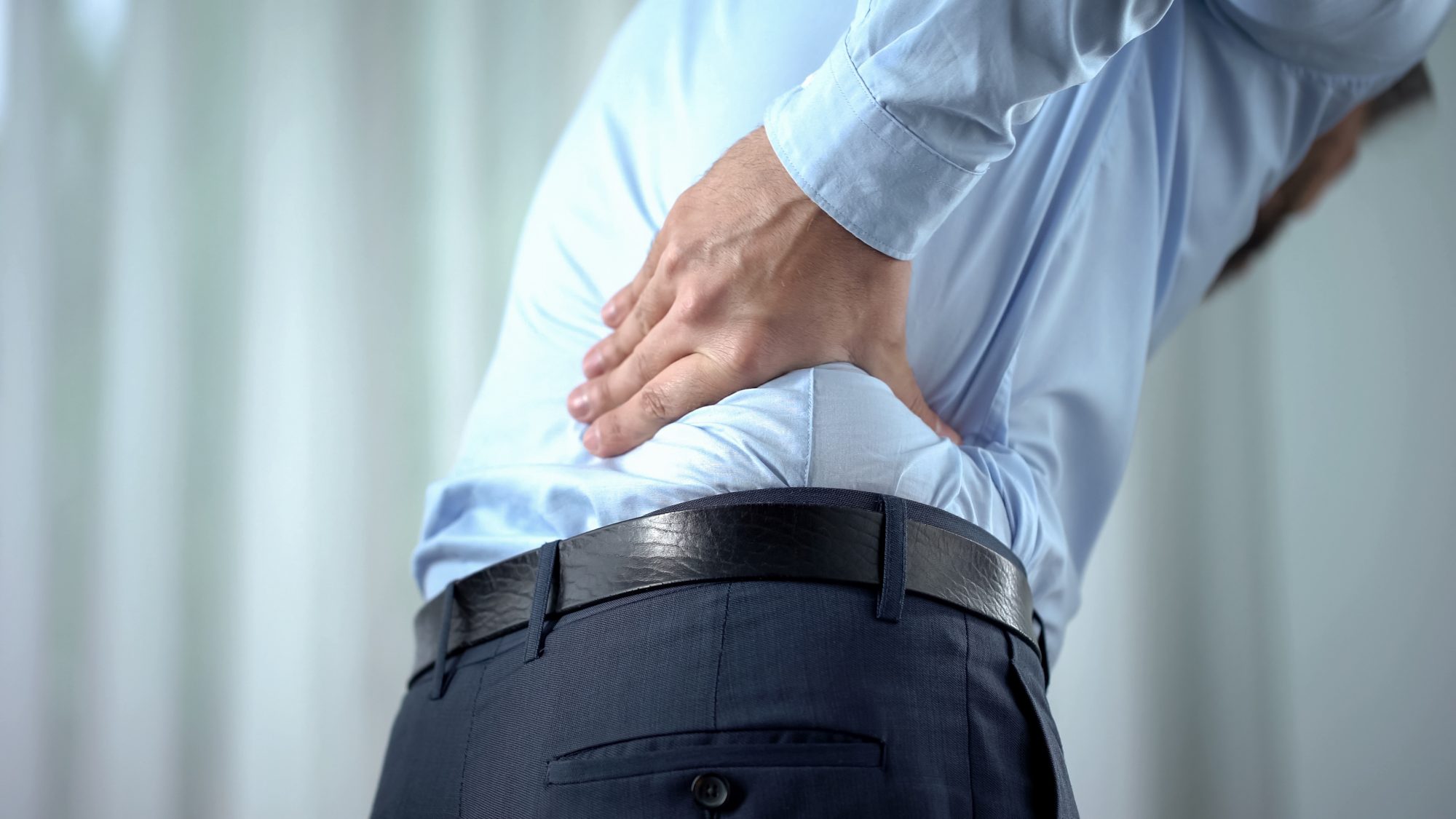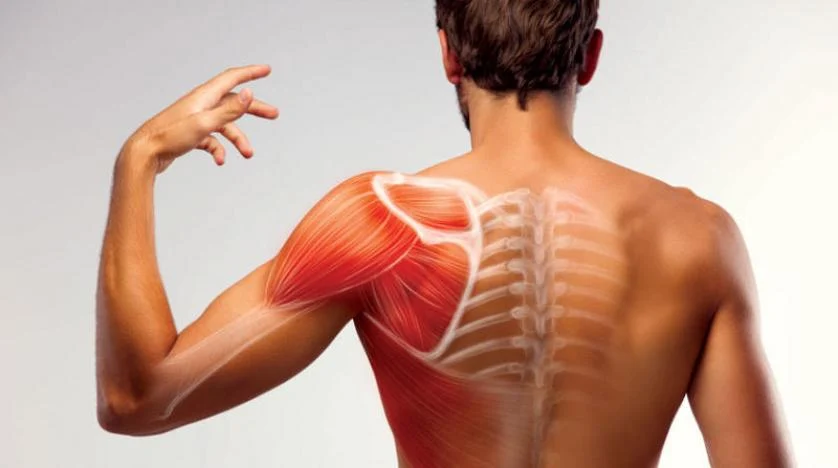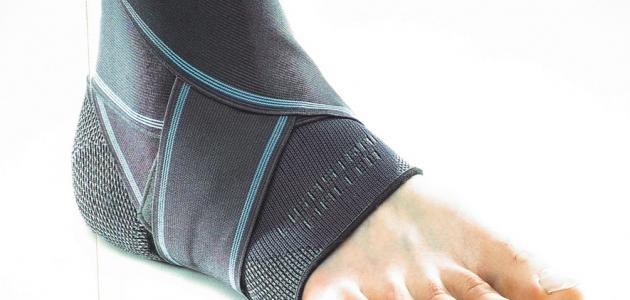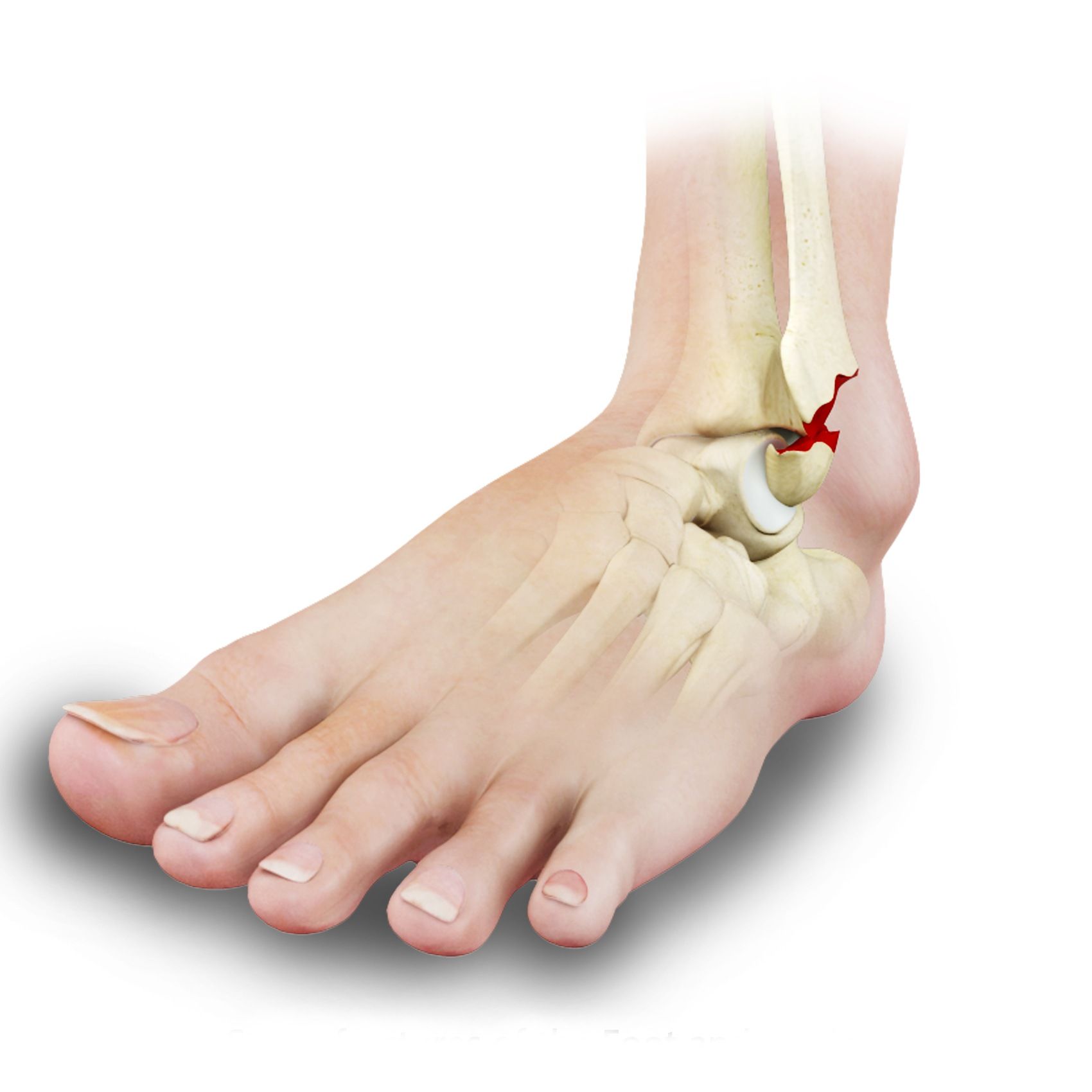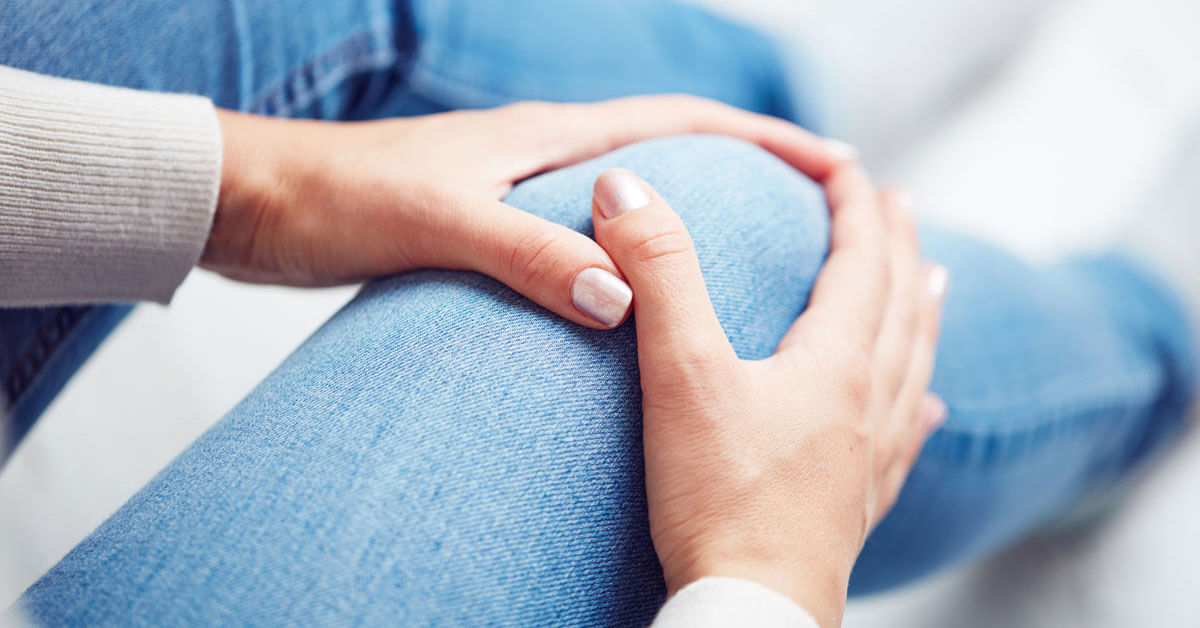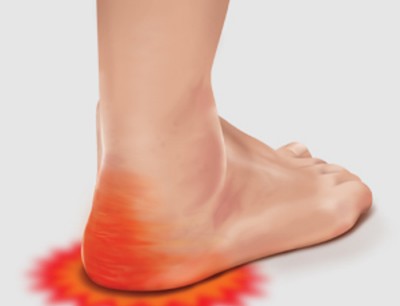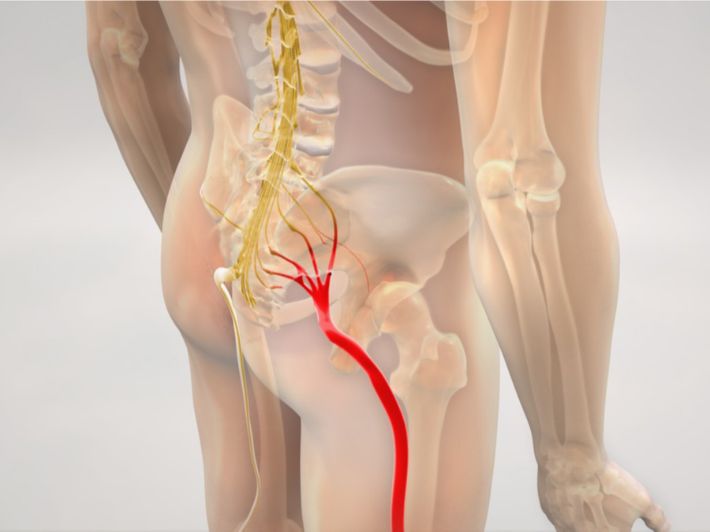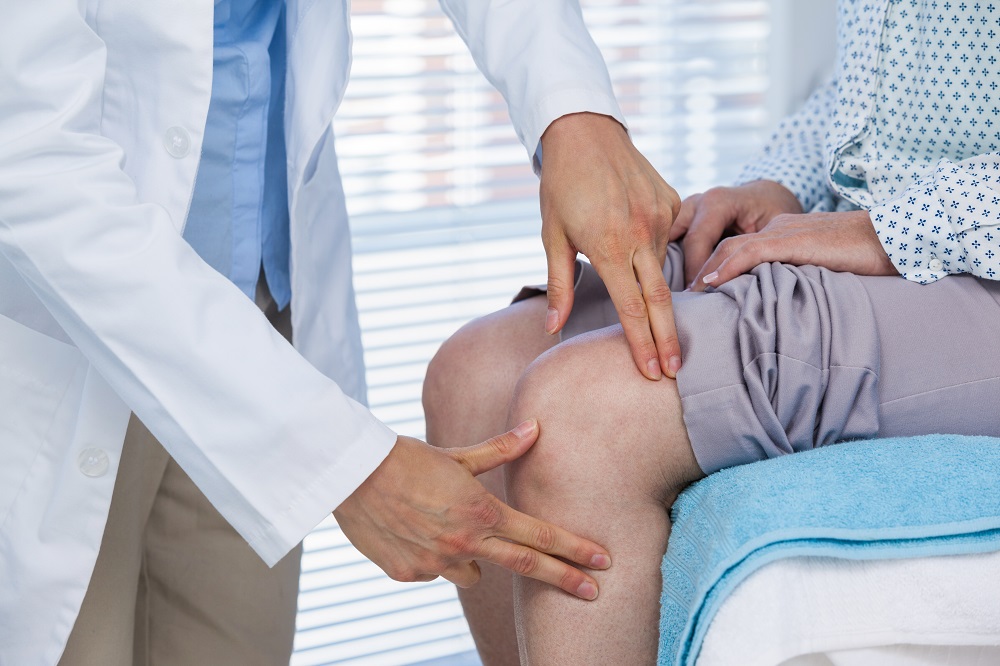What is cartilage?
Exposure to a herniated disc affects many individuals and this raises anxiety in them because they are unable to know how to deal with this situation, after making sure to visit the doctor at first, read the following article to increase your awareness of everything related to this subject, let us read the following.
What is cartilage?
Cartilage is a type of hard connective tissue that is thick and elastic and is found in many areas of the human body, including:
- between the vertebrae of the spine.
- Bronchial tubes.
- end of the ribs.
- ears.
- the nose.
- The ends of the long bones at their junction at joints such as the elbows, knees, and ankles.
What is the function of cartilage?
- Works to connect bones, such as the bones of the limbs and the rib cage.
- It is like a cushion between the joints to reduce friction between the bones and prevent them from being damaged.
- It contributes to forming some parts of the body such as the larynx, ear pinna, and epiglottis.
- It forms the ends of long bones in children, which turn into bone as they grow.
- Cartilage provides support for the body’s weight when running and bending.
Does the herniated disc return to its place?
Most likely, the herniated disc usually returns to its normal place over time on its own, provided that the patient follows the doctor’s instructions well and follows the treatment plan that he set for him strictly from taking medication or doing physical therapy exercises with a specialist, and it is not necessary when the symptoms of a herniated disc disappear that this means his full recovery.
As the cartilage may not return to its normal place, but something may happen in the body that causes the cartilage to sink and atrophy, which reduces the severity of the symptoms that the individual feels, for example:
- The occurrence of an immune response in the individual’s body, as it begins to recognize the herniated disc as a foreign substance in the human body, reduces the slip and the inflammatory substance.
- Absorption of the water that surrounds the herniated disc, which leads to a reduction in the size of the herniated disc and its effect on the nerves that surround it.
- Doing stretching exercises that help the cartilage begin to return to its normal place and reduce pressure on the nerves that surround the spinal cord.
The difference between a herniated disc and slipped vertebrae
Herniated disc
A herniated disc is a disease that affects many people and occurs as a result of slipping or fragmentation in one of the cartilaginous discs that separate the vertebrae of the spine and facilitate their movement and prevent them from rubbing against each other. A herniated disc occurs in the individual as a result of many factors, such as advancing age, which makes these discs less flexible and more susceptible to fragmentation and damage.
This injury occurs in the back as a result of moving with great force and violence, and it is accompanied by a feeling of a lot of pain and the inability to move normally, the slipped cartilage works to put pressure on the nerves that are present in the back, which causes severe pain in different areas of the individual’s body.
slipped vertebrae
As for the slipped vertebrae, it is completely different from the herniated disc, as the sliding of the vertebrae occurs as a result of the movement of one of the vertebrae of the spine from its place, and most likely this occurs more in the lower back, but it may also occur in any other area, and the individual suffers from sliding of the vertebrae as a result of exposure A strong trauma to the back, or it may be due to a congenital defect, and many other reasons lead to this.
Does cupping treat a herniated disc?
The treatment of a herniated disc with cupping is not final, but rather it focuses only on alleviating the pain that individuals are exposed to as a result, and there are many other benefits to undergoing cupping therapy, for example:
- It completely relaxes the muscles in the area.
- Improving blood circulation, which reduces severe pressure on nerves.
- Reducing proteins and elements that cause pain, such as prostaglandins.
What are the damages of slipped cartilage?
If the individual neglects the cartilage and does not treat it since the infection was discovered, this may lead to many serious complications, for example:
- Nerve damage: Ignoring the treatment of a herniated disc causes permanent nerve damage, and this may affect one or more nerves, resulting in severe pain and burning in the extremities.
- Cauda equina syndrome: It is one of the serious complications that result from not treating a herniated disc, and this happens as a result of the exposure of the bundle of spinal nerves at the end of the spine to severe pressure, and it does not cause death, but it may result in weakness or paralysis of the lower extremities of the individual.
- Saddle anesthesia: This is when the patient begins to feel numbness in the areas that touch the saddle, which are the inner thigh, the back of the legs, and the area around the rectum.
When does a cartilage patient need surgical intervention?
Cases of a herniated disc need surgical intervention immediately when the patient continues to take the medication recommended by the doctor without any benefit, as if the feeling of pain continues for up to more than a month and the individual is unable to stand without feeling severe pain, surgery is also important if there is irritation in the sciatic nerve.
What is the appropriate sport for patients with a herniated disc?
Many sports may relieve the pain associated with a herniated disc, but it is better to consult a doctor before doing any of them, and for example:
- Yoga and stretching: Yoga contributes greatly to relieving pressure on the sciatic nerve that occurs as a result of a herniated disc, and yoga can be practiced in two ways: the first is by placing the knees near the chest, and this contributes to lengthening the tight muscles in the lower back, and the other is the cobra position, which works to exercise the heart muscle and extend the lower back.
- Swimming: When swimming and reversing water resistance, this leads to the relaxation of tense muscles, and this reduces pain. Swimming exercises do not constitute any pressure on the spine.
- Walking: Walking is one of the mathematics that it is preferable to persevere with because it is very important in addition to being light and does not require much effort, and it is preferable to walk on straight surfaces.
What happens when the cartilage burst?
An explosion of the cartilage occurs as a result of the individual making a very violent movement that he is unable to bear, which causes the outer layer to explode, and this causes the gelatinous substance that causes pressure on the spinal nerve to come out, and the individual begins to feel the symptoms of severe pain in the spine that he is unable to bear and affects his ability to move.
Does herniated disc cause death?
A slipped cartilage may affect the individual’s ability to carry out his daily life normally or cause paralysis in some cases, and this is not a cause of death unless any serious complications occur that may lead to it, and for this the individual must begin receiving appropriate treatment Immediately after a herniated disc, to prevent any other negative consequences.

